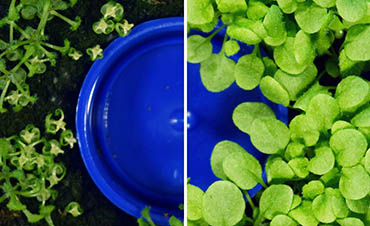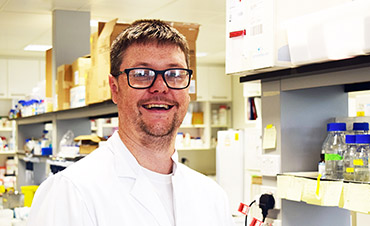
Sweet! Non-drifting dicamba
Monday, 22 September 2025Out now is work led by chemists Stubbs and Deane that uses a pro-herbicide, carbohydrate approach. Linking glucose to dicamba stopped its volatility drift and allowed it to split into dicamba and glucose. It's open access at RSC Chem. Biol. via its DOI.


